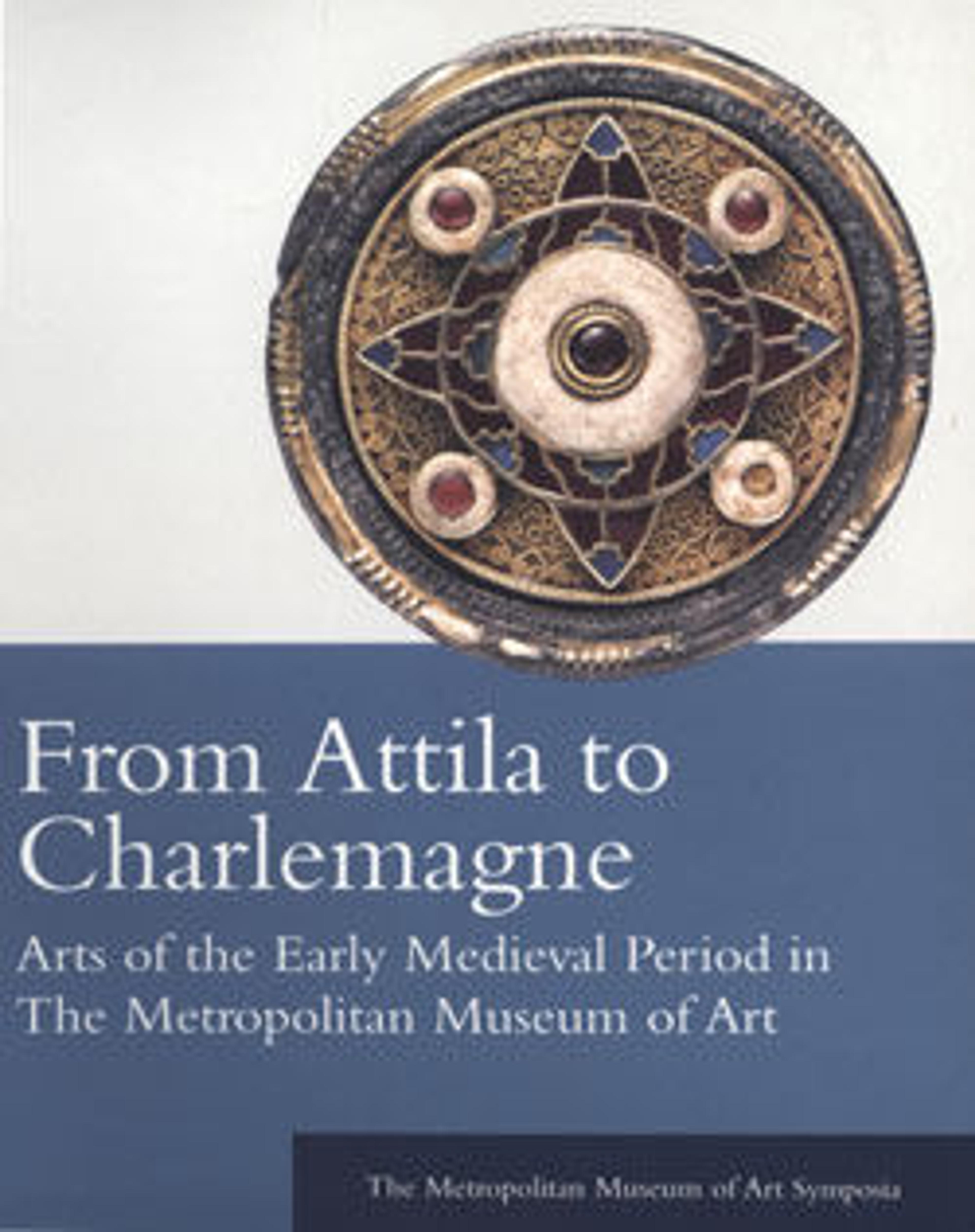Gold sheet appliques
These delicate objects come from the Crimea in the Ukraine, where they adorned the grave clothing of eastern Germanic men and women buried there in the fifth century A.D. Sewn onto the sleeves and necklines of the garments, these appliqués are made from thin gold foil, which was punched and pressed to create various patterns. The decoration of festive and official attire with small gold appliqués had a long tradition in the Crimea. Ancient texts describe one third-century ruler of the Bosporan kingdom as wearing a robe decorated with several hundreds of them.
Artwork Details
- Title: Gold sheet appliques
- Period: Migration
- Date: 1st half of the 5th century CE
- Culture: East Germanic or nomadic (?)
- Medium: Gold
- Dimensions: (Type A): 9/16 × 3/8 × 1/16 in. (1.4 × 1 × 0.2 cm)
(Type B): 7/16 × 1/4 × 1/16 in. (1.1 × 0.6 × 0.2 cm) - Classification: Gold and Silver
- Credit Line: Purchase, 1898
- Object Number: 98.11.71
- Curatorial Department: Greek and Roman Art
More Artwork
Research Resources
The Met provides unparalleled resources for research and welcomes an international community of students and scholars. The Met's Open Access API is where creators and researchers can connect to the The Met collection. Open Access data and public domain images are available for unrestricted commercial and noncommercial use without permission or fee.
To request images under copyright and other restrictions, please use this Image Request form.
Feedback
We continue to research and examine historical and cultural context for objects in The Met collection. If you have comments or questions about this object record, please complete and submit this form. The Museum looks forward to receiving your comments.
